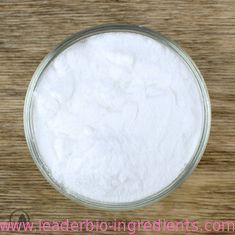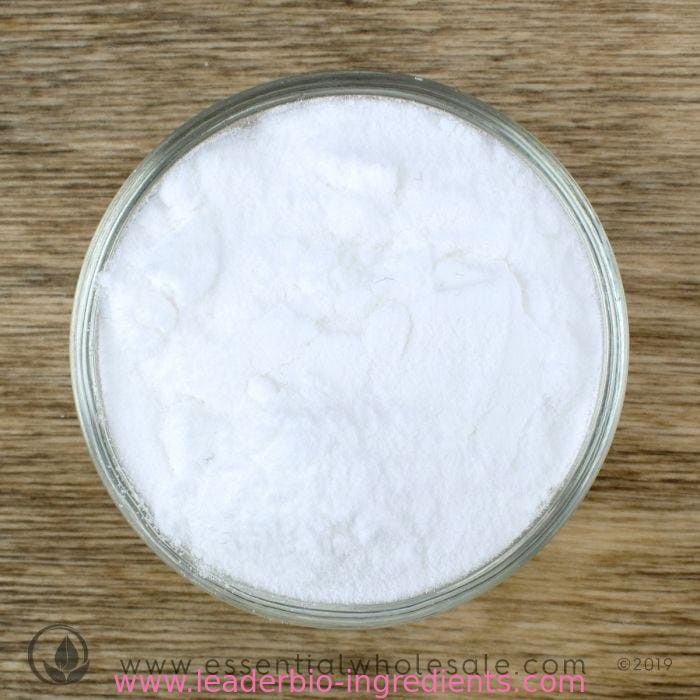| Description |
ATP is one of the most important biological compounds because of its role in supplying energy for life. ATP is the universal energy carrier used by all organisms to supply energy for biological functions. It is often referred to as the energy currency of cells.
ATP also functions as a neurotransmitter that is stored and secreted with other neurotransmitters from the pancreas. ATP is a nucleotide consisting of the nucleoside adenosine with three attached phosphate groups (see Adenine). Like other nucleotides, ATP consists of three parts: a sugar, an amine base, and a phosphate group. The central part of the molecule in ATP is the sugar ribose. The amine base adenine is attached to the ribose, forming adenosine. Opposite the adenine on the ribose is attached a chain of three phosphate groups. |
| Originator |
Atepodin ,Medix ,Spain |
| History |
ATP was first isolated by the German chemist Karl Lohmann (1898–1978) from muscle tissue extracts in 1929. Alexander Todd’s (1907–1997) research helped to clarify ATP’s structure, and it was first synthesized by Todd in 1948. |
| Production Methods |
ATP is synthesized in organisms by several related mechanisms. Oxidative phosphorylation is the main process that aerobic organisms use to produce ATP. Oxidative phosphorylation produces ATP from ADP and inorganic phosphate (Pi) from the oxidation of nicotinamide adenine dinucleotide (NADH) by molecular oxygen in the cell’s mitochondria.
Glycolysis is another process that generates ATP. Glycolysis converts glucose into pyruvate and in the process also forms NADH and ATP. The process can be represented as: Glucose + 2ADP + 2NAD+ + 2Pi → 2 pyruvate + 2ATP + 2NADH + 2H+. In this reaction Pi represents free inorganic phosphate. The rate of glycolysis in the body is inversely related to the amount of available ATP. Pyruvate produced by glycolysis can enter the Krebs cycle, producing more ATP. |
| Definition |
ChEBI: An adenosine 5'-phosphate in which the 5'-phosphate is a triphosphate group. It is involved in the transportation of chemical energy during metabolic pathways. |
| Manufacturing Process |
With a solution of 0.29 part by weight of well dried 1,3- dicyclohexylguanidinium adenosine 5'-phosphoramidate in 5 parts by volume of ortho-chlorophenol is admixed a solution of 0.95 part by weight of bistriethylammonium pyrophosphate in a mixed solvent composed of 1 part by volume of ortho-chlorophenol and 2 parts by volume of acetonitrile. The mixture is left standing at 20°C for 2 days. Then 30 parts by volume of water is added to the mixture. After washing with three 15 parts by weight volumeportions of diethyl r, the aqueous layer is separated, and the remaining diethyl r in the aqueous layer is removed under reduced pressure. Five parts by weight of activated charcoal is added to the aqueous layer and the mixture is stirred for 30 minutes. The activated charcoal is filtered and further 1 part by weight of activated charcoal is added to the filtrate. After 20 minutes agitation, the activated charcoal is taken out by filtration. The combined activated charcoal is washed with a little water, and eluted twice with respective 300 and 200 parts by volume-portions of 50% (volume) ethanol containing 2% (volume) of concentrated aqueous ammonia. The eluate is concentrated to 40 parts by volume, then is passed through a column packed with 20 parts by volume of a strongly basic anion exchange resin in bead form (chloric type) (polystyrene trimethylbenzyl ammonium type resin sold under the name of Dowex-1 from Dow Chemical Company, Mich. USA). Then, the column is washed with 750 parts by volume of an acid aqueous saline solution containing 0.01 normal hydrochloric acid and 0.02 normal sodium chloride and then eluted with 600 parts by volume of an acid aqueous saline solution composed of 0.01 normal hydrochloric acid and 0.2 normal sodium chloride. After neutralizing with a diluted sodium hydroxide solution, the eluate is treated with activated charcoal to adsorb ATP as its sodium salt. The separated activated charcoal is washed with water and eluted with 60% (volume) ethanol containing 2% (volume) of concentrated aqueous ammonia. The eluate is concentrated to 0.5 part by volume, then 5 parts by volume of ethanol is added. The precipitate thus deposited is centrifuged and dried at low temperature to obtain 0.155 part by weight of tetra-sodium salt of ATP containing 4 mols of water of crystallization as a colorless crystalline powder. The yield is 47% relative to the theoretical. |
| Therapeutic Function |
Coenzyme, Vasodilator |
| Agricultural Uses |
Adenosine triphosphate (ATP) is a nucleotide of fundamental importance as a carrier of chemical energy in all living organisms. The most important function of phosphorus in a plant system is to store and transfer energy. During biochemical processes, ATP gets synthesized to store releasable energy with the breakdown of ATP to adenosine triphosphate (ADP) and to phosphate ion by dephosphorylation. Here, ADP and ATP act as energy currency within the plant. |
| Safety Profile |
Poison by intraperitoneal route.Human mutation data reported. When heated todecomposition it emits toxic fumes of POx and NOx. |
| Purification Methods |
ATP is purified by precipitating it as the barium salt on adding excess barium acetate solution to a 5% solution of ATP in water. The precipitate is filtered off, washed with distilled water, dissolved in 0.2M HNO3 and again precipitated with barium acetate. The precipitate, after several washings with distilled water, is redissolved in 0.2M HNO3, and slightly more than an equivalent of 0.2M H2SO4 is added to precipitate all the barium as BaSO4 which is filtered off. The ATP is then precipitated by addition of a large excess of 95% ethanol. It is filtered off, washed several times with 100% EtOH and finally with dry diethyl r. It is dried in vacuo. [Kashiwagi & Rabinovitch J Phys Chem 59 498 1955, Beilstein 26 III/IV 3654.] |

